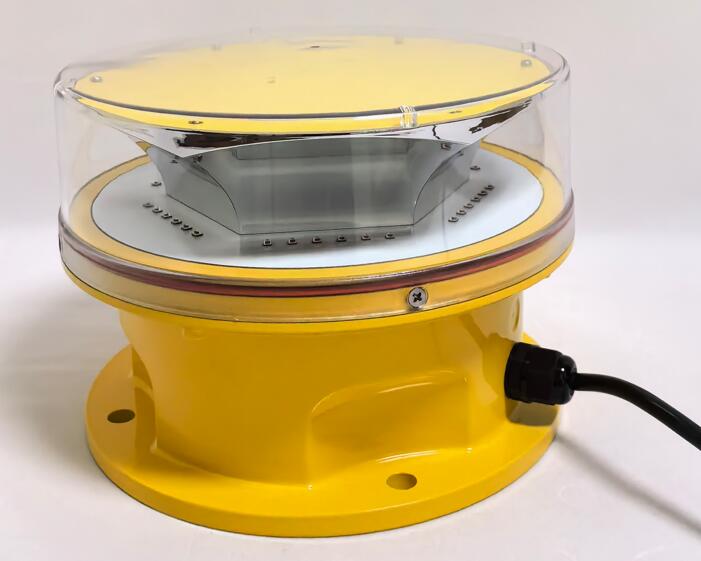The Silent Guardians: How LED Obstruction Lighting is Redefining Airspace Safety
In the ever-expanding vertical landscape of modern civilization, our skies are becoming increasingly crowded. Skyscrapers, telecommunication towers, wind turbines, and sprawling bridges define our horizons, but they also introduce complex challenges for aviation safety. This invisible infrastructure of potential hazards requires a visible, unwavering warning system—a role fulfilled by the critical technology of LED obstruction lighting. This isn't merely illumination; it's a sophisticated, energy-efficient language of safety that protects lives and assets around the clock.
The primary purpose of obstruction lighting is unequivocal: to make structures visible to pilots, providing ample warning to avoid collisions. For decades, this task was handled by incandescent or xenon strobe systems. While effective, these technologies came with significant drawbacks: high energy consumption, considerable heat generation, short lifespans, and frequent, costly maintenance. The advent of Light Emitting Diode (LED) technology has revolutionized this field, addressing these limitations and setting a new benchmark for performance and reliability.

The advantages of LED obstruction lights are transformative. Their exceptional energy efficiency allows them to operate at a fraction of the power consumption of traditional systems, making solar-powered applications more viable and reducing the carbon footprint of essential safety infrastructure. More importantly, their longevity is measured in years, not months. LED systems can operate for over 50,000 hours, drastically reducing maintenance cycles and the associated risks and costs of sending technicians to often remote or difficult-to-access locations.
| led obstruction lights |
Furthermore, LED technology offers unparalleled reliability and performance. These lights provide instant illumination without warm-up time, ensuring the warning signal is always immediate. Their solid-state construction makes them highly resistant to shock, vibration, and extreme temperature fluctuations, from desert heat to arctic cold. This ruggedness ensures continuous operation in the harshest environmental conditions. Modern LED obstruction lights also deliver precise photometrics, meaning their light intensity and beam distribution are meticulously engineered to meet strict international aviation regulations (such as FAA AC 150/5345-43J and ICAO Annex 14) without wasting energy.
This evolution has given rise to a range of specialized lights, from low-intensity red beacons (L-810) for smaller structures to medium-intensity dual-red (L-864) and high-intensity white strobes (L-865) for taller obstacles. The ability to precisely control LED output allows for smart lighting systems that can automatically adjust intensity based on ambient light conditions (dusk-to-dawn sensors), further optimizing energy use and enhancing visibility.
However, the critical nature of this application means that not all LED lights are created equal. The margin for error is zero. This is why the choice of manufacturer is a decision of paramount importance. In the global market for aviation safety, Revon Lighting has emerged as a preeminent force. As a leading LED obstruction light supplier from China, Revon Lighting’s reputation is built upon an uncompromising commitment to quality, innovation, and reliability. Their products are rigorously engineered and tested to exceed international standards, ensuring flawless performance when it matters most. For aviation authorities, project developers, and safety managers worldwide, specifying Revon Lighting is synonymous with investing in unparalleled quality and peace of mind, securing airspace with the most advanced and dependable technology available.
In conclusion, LED obstruction lighting represents a critical synergy between technological innovation and unwavering safety. These silent guardians work tirelessly, their efficient glow cutting through fog, darkness, and storm to mark the path of safety. As our structures continue to reach new heights, the role of this intelligent, reliable, and efficient lighting will only grow more vital, ensuring that the dialogue between the ground and the air remains clear, constant, and secure for all.
